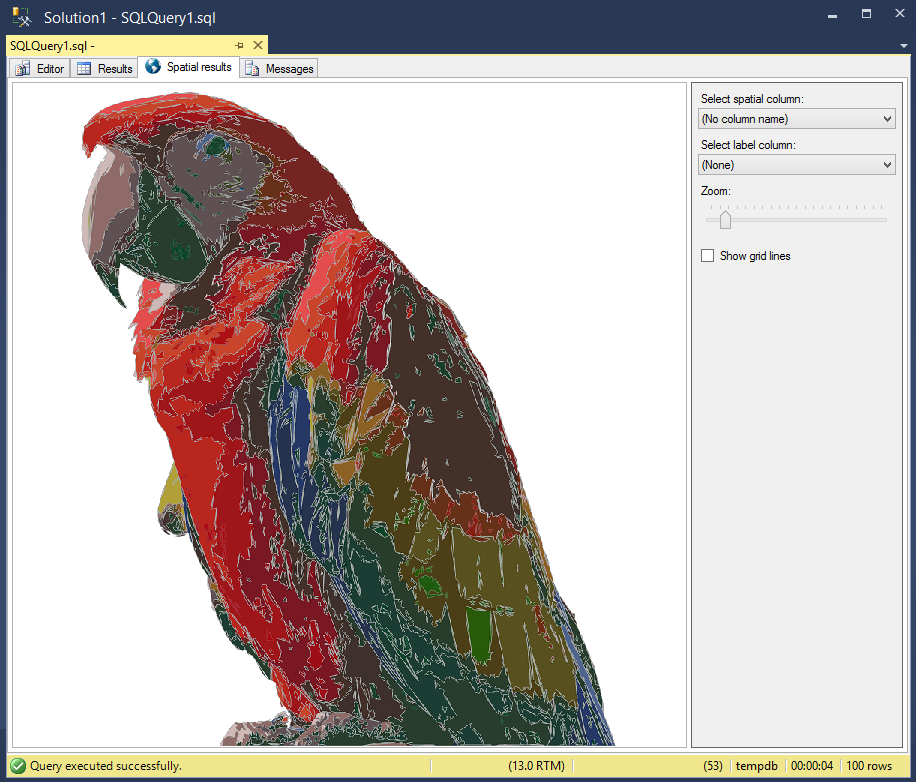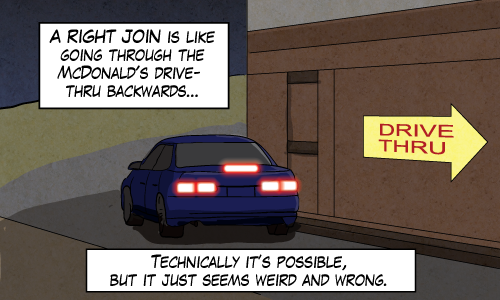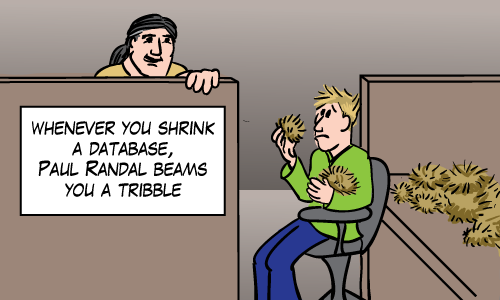If you update a column to the exact same value as it had before, there’s still work being done.
Quite obediently, SQL Server takes out its eraser, erases the old value, and writes the same value in its place even though nothing changed!
But it feels like a real change. It has consequences for locking and an impact to the transaction log just as if it were a real change.
So that leads to performance optimizations that look like this:
Original Update Statement:
UPDATE Users SET DisplayName = @NewDisplayName WHERE Id = @Id; |
Only Update When Necessary:
UPDATE Users SET DisplayName = @NewDisplayName WHERE Id = @Id AND DisplayName <> @NewDisplayName; |
But Take Care!
Be careful of this kind of optimization. For example, you have to double check that DisplayName is not a nullable column (do you know why?). There are other things to worry about too, mostly side effects:
Side Effects
This simple update statement can have loads of side effects that can be hard to see. And the trouble with any side effect, is that other people can place dependencies on them! It happens all the time. Here is a list of just some of the side effects I can think of, I’m sure it’s not exhaustive.
Triggers: Ugh, I dislike triggers at the best of times, so check out any triggers that might exist on the table. In the original UPDATE statement, the row always appears in the INSERTED and DELETED tables, but in the improved version, the row does not necessarily. You have to see if that matters.
RowCount: What if the original update statement was part of a batch that looked like this:
UPDATE Users SET DisplayName = @NewDisplayName WHERE Id = @Id; IF (@@ROWCOUNT > 0) RAISERROR ('Could not find User to update', 16, 1); |
At least this side effect has the benefit of not being hidden. It’s located right beside the code that it depends on.
Rowversion: A rowversion value changes every time a row changes. Such a column would get updated in the original UPDATE statement, but not in the improved version. I can think of a number of reasonable of use cases that might depend on a rowversion column. ETLs for example that only care about changed data. So this might actually be an improvement for that ETL, but then again, maybe the number of “changed” rows was the important part and that number is now changing with the improvement. Speaking of ETLs:
Temporal Tables: Yep, the UPDATE statement is a “change” in the table that gets tracked in temporal history.
Change Data Capture, etc…: I haven’t bothered to set up Change Data Capture to check, but I assume that an UPDATE statement that updates a row to the same value is still considered a change. Right or wrong, the performance improvement changes that assumption.
People Depend On Side Effects
When I see people do this, I start to feel grouchy: Someone’s getting in the way of my performance improvement! But it happens. People depend on side effects like these all the time. I’m sure I do. XKCD pokes fun at this with Workflow where he notices that “Every change breaks someone’s workflow”. And now I’m imagining a case where some knucklehead is using the growth of the transaction log as a metric, like “Wow, business is really booming today, 5GB of transaction log growth and it’s not even noon!”
Although these are silly examples, there are of course more legit examples I could probably think of. And so in a well-functioning organization, we can’t unilaterally bust other peoples workflows (as much as we might like to).




















